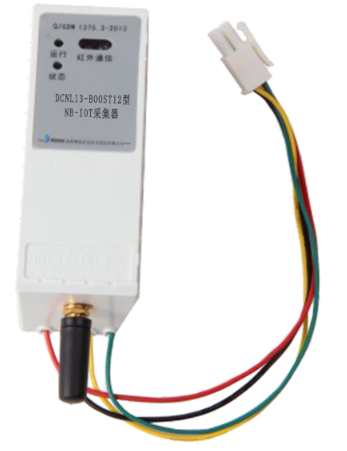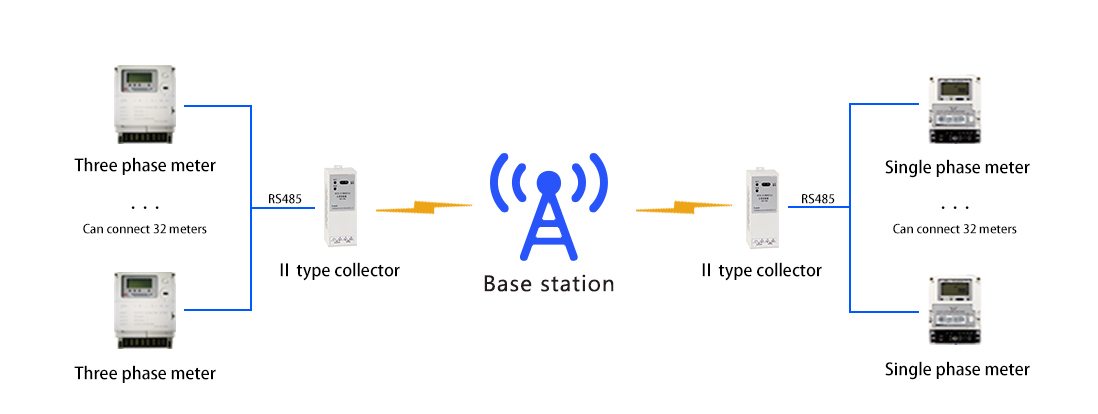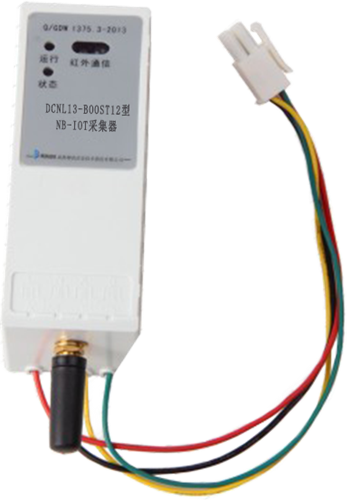Products
- Acquisition terminals
- Concentrators
- Acquisition units
- Modules
- Carrier
- Carrier Wireless
- System
- Smart Property prepaid management system
- Other Products
- Centralized recharge terminal
- Query terminal
- Handheld meter reading devices
- IoT
- Gateway
- Acquisition devices
- Sensors
- Meters
- Other categories
- NB-IoT
- Solution
Products
- Acquisition Unit Ⅱ (NB-IoT Wireless)
- Product category:NB-IoT
- Product model:DCNL13-BOOST12
- number of visits:796 time
details

Product Overview:
DCNL13-BOOST12 acquisition unit Ⅱ is the concentrated meter reading acquisition terminal with independent R&D according to Enterprise Standard of State Grid Q/GDW-2013. Replacing GPRS/4G communication with NB-IoT communication technology, the acquisition unit can transmit data remotely to the master station server. With the outstanding features of fast meter reading speed, low cost, low power consumption and easy to use, it becomes the ideal accessory product of electricity information acquisition system.
Product Features:
● RS485 interface rate is configurable.
● Using NB-IoT communication mode to transmit data to master station.
● Supporting DL/T 645 1997 protocol and DL/T 645 2007 protocol.
● Able to read real-time data, e.g., current positive/reverse active power, meter time, balance amount, power consumption.
● Store zero frozen electric power for 7 days and 24 hours' electric power data of 10 key users for 7 days.
● Supporting power on/cut detection, version change, meter reading failure event detection and storage of the latest 64 records.
● Support module parameter setting, reading, real-time meter reading and other debugging functions through infrared communication
● Support local meter calibration function.
● Low-power design for energy conservation and environmental protection.
Performance Parameter:
Operating power : AC 220V±20%
Operating temperature: -40℃ ~ +70℃
Relative humidity: 10%-100%
Static power: ≤1.5W
Downlink communication mode: RS485
Character format: 1 start bit, 8 data bits, 1 stop bit, 1 even parity check bit
Port rate: 97/645 default 1200bps, 07/645 default 2400bps
Transmission protocol: DL/T 645 1997 and 2007
Uplink communication mode: NB-IoT
Communication system: all network
Antenna interface: external antenna
Operating Diagram:











